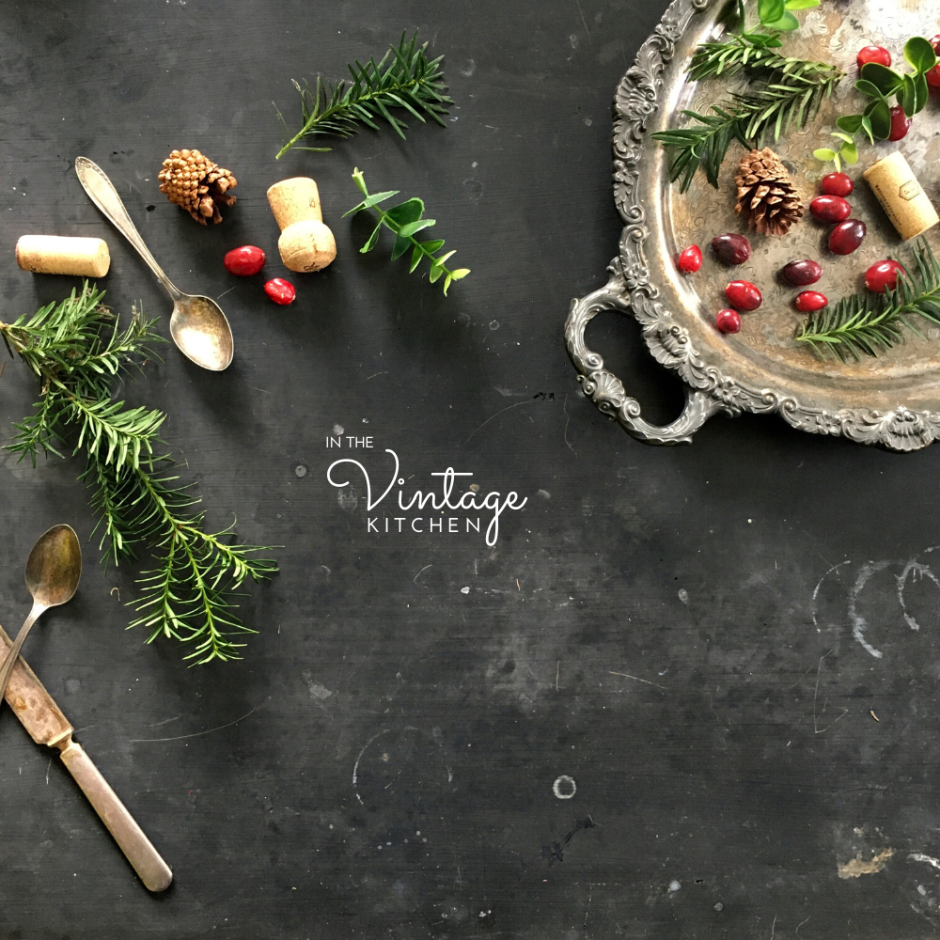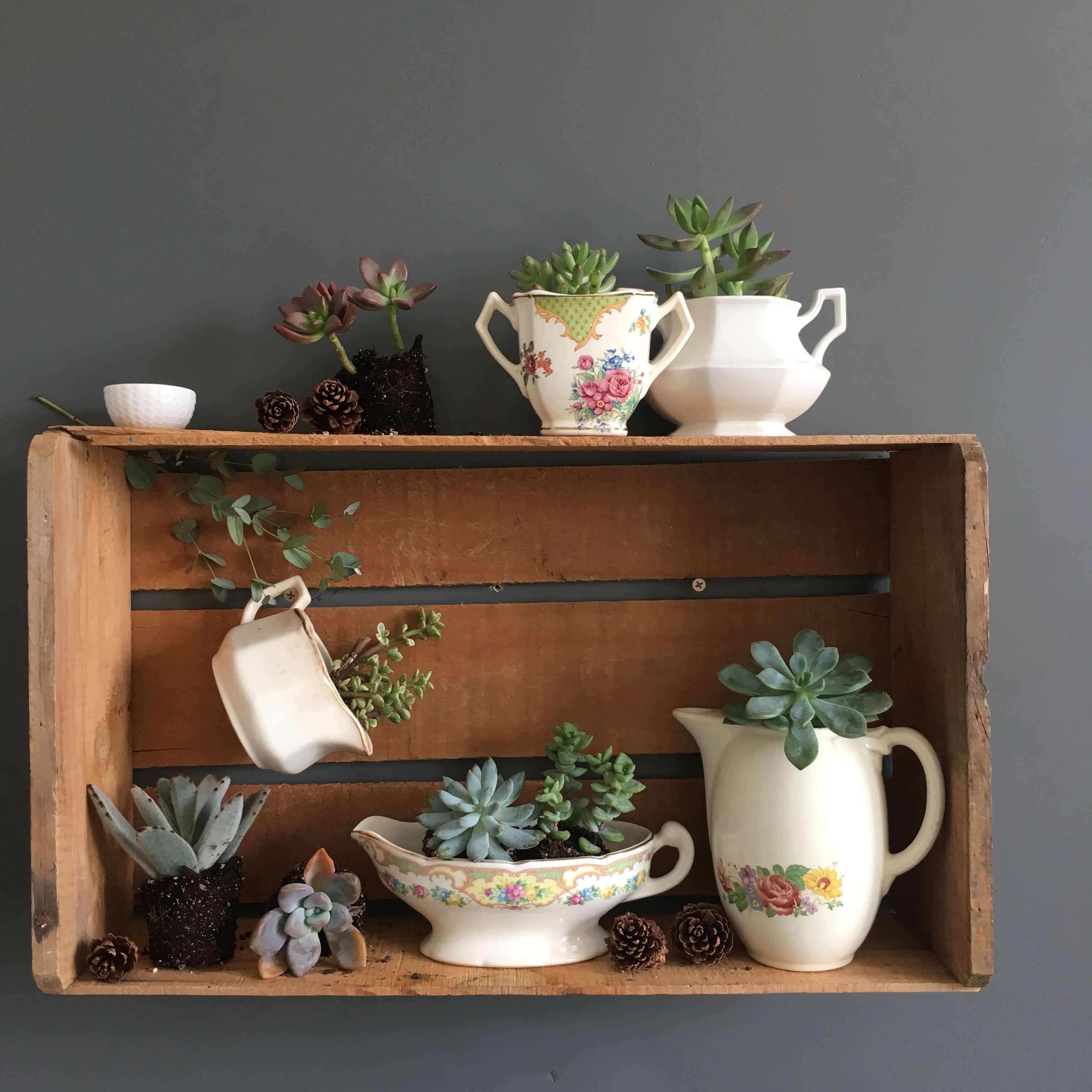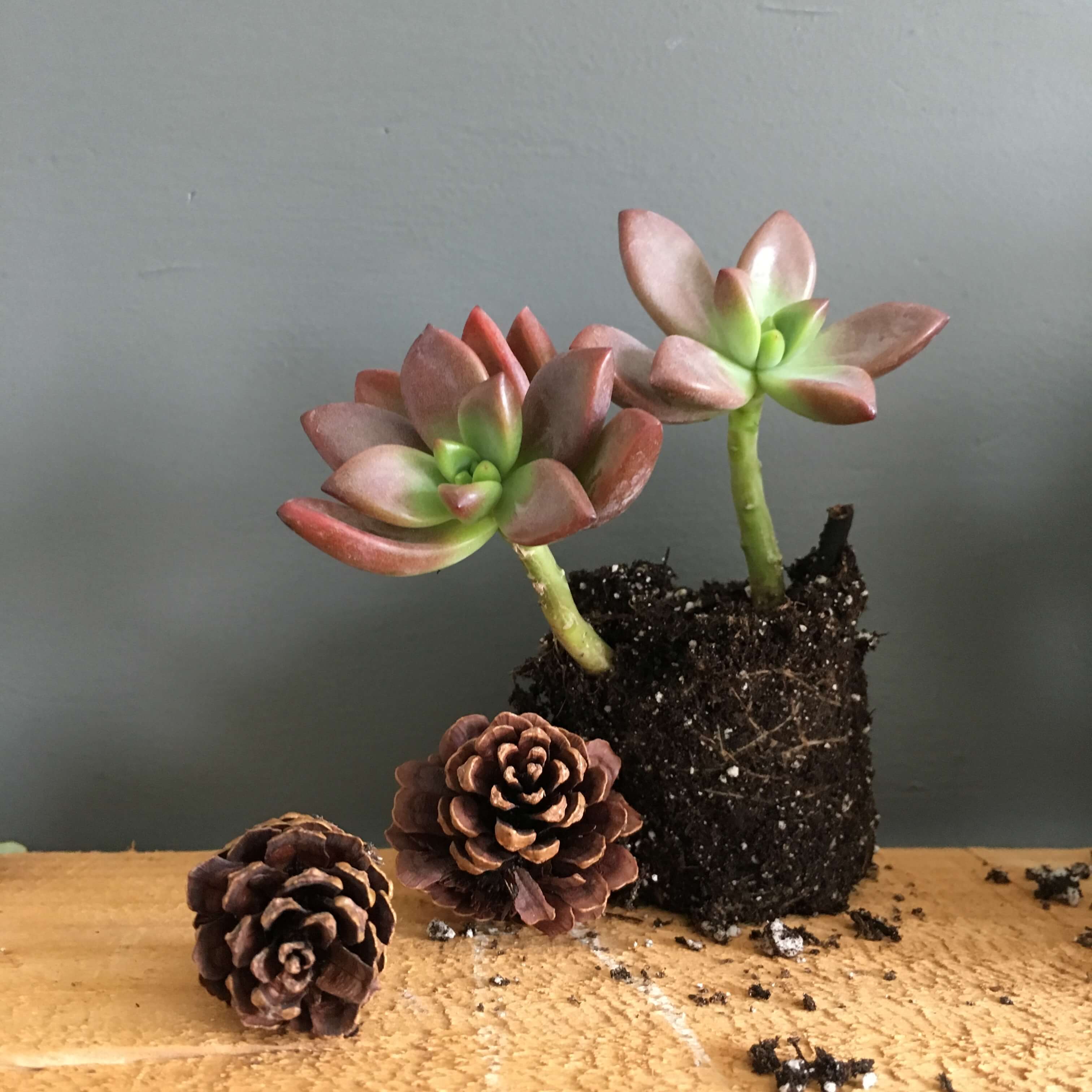
Happy Halloween! In today’s post, we are starting off your holiday with a rare treat – a little something sweet from the files of food history.
In 1960, a bit of marketing magic happened to a specific sector of the food industry that no one ever saw coming. It didn’t burst onto the scene with immediate stardom but it was fresh and fun and set the stage for something much bigger down the road. This initial marketing campaign didn’t debut at Halloween, but it did get caught up in the fervor of the holiday and all the potential that trick or treating offered.

In celebration of this sweet treat day, in today’s post, I thought it would be fun to feature a vintage advertising campaign that centers around a very rare piece of Halloween ephemera that was almost lost to history. This one piece of found paper tells the story of a food, an industry, a holiday, and one group of clever individuals who had an unfailing love for one very specific product.
It all starts with the advertising campaign that began rolling out in 1960. This was a campaign that was not promoting a food or a recipe or a meal that was rare or coveted or exotic. It was actually the opposite. It was spotlighting a food that was quite humble and ordinary and pretty unremarkable in the appearance department. It was one of those foods that lies under the radar. Helpful, necessary, enjoyable, but not exactly glamorous, it wasn’t until a certain advisory board formed that this food’s reputation got a total makeover in the likeability department. Through clever ads, product placement, and innovative promotions, this group grabbed attention and shook things up. Eventually, two decades later the food they promoted would become a pop culture icon known by millions of people around the world. By then, it would be forever linked with a catchy theme song and a field of merchandise that stretched way beyond anything to do with kitchens and cooking. The Smithsonian Museum even took note and acquired it for their collection.
So what is it you ask? What is this magical food that went from simple to superstar over the latter half of the 20th century? Here’s a clue… it’s brown and wrinkly. It comes in petite boxes and big canisters. It’s used in baking and cooking. It’s sweet and small, mini and meaty. Can you guess what it might be?
It’s a raisin.
The group of individuals responsible for bringing the raisin into the limelight was the California Raisin Advisory Board, based in Fresno. Founded in the 1950s, the Board was crazy for raisins and wanted to share their joy of this dehydrated fruit with eaters everywhere. Their enthusiasm was backed by noble intent too. They wanted to help draw attention to the local raisin growers who were struggling to make a profit in mid-20th century California.
Typically, when you hear the words “advisory board” you don’t automatically think of whimsy and fun but the California Raisin Advisory Board (also ironically known as C.R.A.B.) proposed a marketing campaign that was full of joy from beginning to end. Their mission was to produce effective advertisements that targeted the heart of the home – the kitchen – and all the ways in which raisins could become a household favorite and a sustainable staple, cherished enough to support the industry that grew them.

Raisins of course had been an ingredient in cooking and baking since the 1600s, so in the 1960s they were not a new food, but the industry was struggling and the Advisory Board wanted to step in to help. They wanted to take the raisin out of the cabinet of yesteryear, dust off its stodgy patina, and give it some zing. With centuries worth of material to work with there was no shortage of ideas when it came to inspiration, but the Advisory Board wanted to focus on a fresh approach and universal appeal. So where did they start?
With bread. As in raisin bread. A sweet, studded cinnamon-laced loaf often enjoyed at breakfast, this baker’s delight was centuries old too, just like the fruit it featured. But in the 1920s, raisin bread received some new interest when it was deemed a “health food” by dieticians and nutritionists. Sugar aside, raisins hold a lot of vitamins and minerals in their puckered little shape including magnesium, potassium, and fiber. Added to the protein found in bread, the combination formed a magical collaboration of a seemingly decadent eating experience paired with a hearty dose of healthy goodness. That gave the Advisory Board a lot of angles to play with when it came to promotion. Raisin bread was nutritious. It was affordable. It could be store-bought or home-baked. It smelled like heaven when toasted. And it appealed to both kids and adults. Paired with some clever writing and marketing during National Raisin Bread Month (November), the Advisory Board launched a raisin campaign full of plucky personality…

A cookie campaign followed suit…

The Advisory Board was off and running. Throughout the 1960s, the Advisory Board launched a flurry of seasonal promotions that included National Raisin Week in April, summer picnic season in July, back-to-school snack packs in September, and the Raisins for Happy Holidays campaign in December. In-store grocery taste tests, advertisements, sweepstakes and giveaways encouraged repeat buyers and kept the noble raisin front of mind.

When Halloween time rolled around each year, the holiday provided an additional opportunity to remind parents and kids how sweet a treat, a raisin was. Just like traditional Halloween candy, albeit healthier, during the month of October, the Advisory Board promoted the fact that raisins came in small boxes – a handy size for trick-or-treaters. Posters made for grocery stores and food shops hinted at Halloween excitement. This is an example of a very rare original grocery store poster featuring the California Raisins Advisory Board…

Measuring 25″ inches x 14.25″ inches it is a true survivor of history and a real-life example of the Advisory Board’s cute and colorful messaging. Most food store advertising was discarded in the trash promptly after a promotion ended to make way for new advertising in its place. Printed on thin, inexpensive paper these eye-catching advertisements were not made to last more than 60 days let alone six decades. Oftentimes, they were hung in store windows exposed to heat, sun,, humidity, and temperature changes which would cause them to crinkle and fade over time. When I found this one, it was in fragile and brittle shape and was held together only by hope and a dehydrated rubber band. Ripped and torn in so many places it was impossible to unravel it without it completely breaking apart. A quick peek down the interior of its rolled-up shape, yielded the image of a pumpkin face smiling back. How fun! Home to the Kitchen it came for further investigation and repair.

Carefully rolling out the paper, rehydrating it with a warm, ever-so-moist-paper towel, and then gluing it to acid-free archival poster board took a couple days of attention. Each time a ripped section was flattened out and smoothed over it was a small victory in revealing the bigger picture. Little by little, inch by inch, the poster’s overall image went from bits and pieces to one whole poster.
Finally put back together, for a year, the poster sat just like that – attached to the thick archival poster board with a big wide border surrounding it. Waiting to see if it would stay secured, retain its bright colors and not disintegrate, it was wonderful to see that 360 days later the poster looked exactly the same. Removing the excess matting by cutting it down to its original size, a wood frame was built for it using antique wood remnants from the 1750 House. Floating the poster inside the wood frame allows for all the imperfections along the top nad bottom edge of the poster to show – a visual record of its fragile history. The poster, although greatly improved from its original found state, still bears its wounds in Frankensteinish patchwork.

But what I love most about this poster now, is how despite all its rough and tumble elements, it still manages to radiate joy and a sense of enthusiasm. That was the power of the Advisory Board’s campaign. Raisins are fun.

The first raisin farms in Fresno were started by a group of female schoolteachers in 1876. They decided to set aside four acres out of one hundred acres that they purchased so that they could grow grapes for a raisin harvest. Two years later, the first batch (30 boxes) was ready for market and a West Coast industry began.

By the 1960s, the US produced 250,000 tons a year, mostly from farms in the Fresno area. Foreign competition was tough though and the raisin growers were struggling to keep afloat. That’s when the Advisory Board stepped in with their breads and their cookies and their sweet, colorful, clever campaigns declaring raisins raisins raisins a wonderful thing.
As cute as the pumpkin goblin face was on the poster, it was not the imagery that launched the raisins to worldwide fame. That would happen in the mid-1980s when the Advisory Board approved an idea from a Foote, Cone, and Belding advertising executive who pitched an idea about raisins and a band and a signature song.
The California Raisins, singing Marvin Gaye’s 1968 Motown hit, Heard It On The Grapevine was born. Indicative of the Advisory Board’s continuous efforts to pitch their product in clever ways, the California Raisins soaked into the fabric of mainstream society like no other fruit campaign had done before. This is the first commercial that started the success…
Making up a whole world of claymation figures and storytelling, the California Raisin band was an immediate hit and could be seen everywhere – on tv, in print ads, and on cross-promotional advertising products across grocery store shelves. This was the kind of big-splash notoriety that the Advisory Board was after in the 1960s. With more and more customers buying raisins in the 1980s and 1990s, thanks to the singing sensations, the Advisory Board was fulfilling its mission.

In 1986, the California Raisin became the most popular Halloween costume of the year. The Raisin band members were reproduced in figurine form and Heard it Through the Grapevine reached the top 100 song charts. When the Smithsonian acquired the original California raisin claymation figures in 1991, it firmly sealed the success of the Raisin Advisory Board. Their singularly beloved product was now beloved by all.
Unfortunately, the sweet taste of success didn’t yield the type of monetary compensation that was hoped for when it came to the raisin growers. The Advisory Board disbanded in 1994 after struggling to balance the costs between promoting the raisins and keeping the growers profitable. Creativity can be harsh that way. Sometimes clever doesn’t equal capitalism. But in this case, it sure did produce some fun art and a new way to look at the world, even if it was discovered decades later than intended.
Cheers to joyful advertising, loving what you love completely, and to our little rescued poster whose celebrating its 60th Halloween this year! Hope it added a little something sweet to your holiday. Happy Halloween!




































































































































